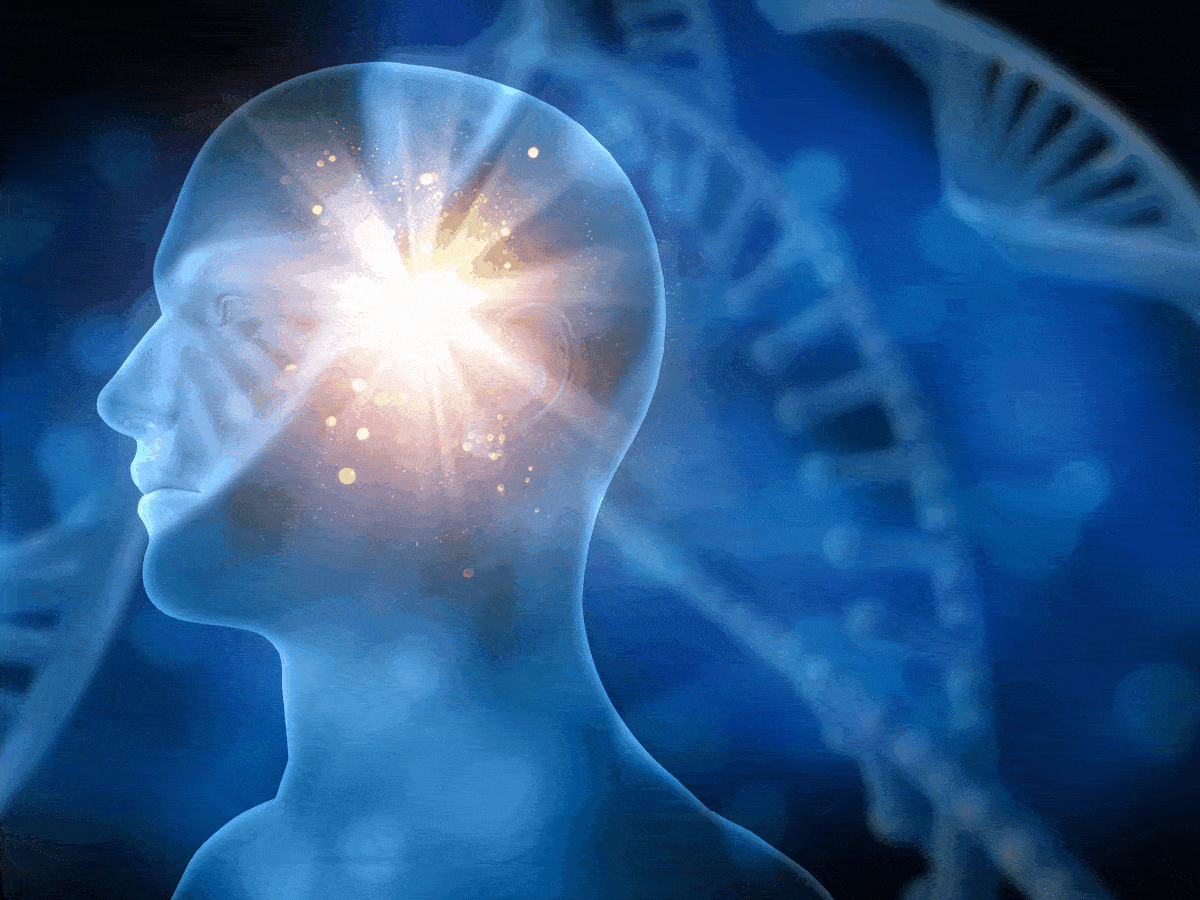In the intricate realm of neurology, where the complexities of the brain and spinal cord often present daunting challenges, a glimmer of hope emerges through the remarkable potential of stem cells. This exploration, titled “Stem Cells in Neurology: Hope for Brain and Spinal Cord Disorders,” delves into the cutting-edge advancements, transformative applications, and the promising future that stem cells bring to the forefront of neurological treatments.
I. Unraveling the Mysteries of Neurological Disorders
A. The Complexity of Neurological Conditions
- Diverse Spectrum: Neurological disorders encompass a vast spectrum, from neurodegenerative diseases to traumatic injuries.
- Limited Treatment Options: Traditional treatments often provide symptomatic relief, but the quest for transformative therapies remains a critical need.
B. The Role of Stem Cells
- Regenerative Potential: Stem cells offer unique regenerative capabilities, holding the promise of repairing and replacing damaged neural tissues.
- Multifaceted Applications: From neurogenesis to immunomodulation, stem cells showcase a range of applications in addressing neurological challenges.
II. Stem Cell Therapies: A Beacon of Hope
A. Neurodegenerative Diseases
- Alzheimer’s Disease: Stem cell research aims to mitigate the effects of Alzheimer’s, with the potential for neural regeneration and cognitive improvement.
- Parkinson’s Disease: Explore how stem cell therapies offer hope in replenishing dopaminergic neurons, the key to managing Parkinson’s symptoms.
B. Spinal Cord Injuries
- Regenerating Neural Connections: Stem cells show promise in repairing spinal cord injuries, fostering neural connectivity and restoring motor functions.
- Clinical Trials and Breakthroughs: Review ongoing clinical trials and recent breakthroughs in stem cell interventions for spinal cord injuries.
III. Challenges and Triumphs in Stem Cell Neurology
A. Scientific Challenges
- Precision in Differentiation: Navigating the precise differentiation of stem cells into specific neural cell types poses scientific challenges.
- Navigating the Blood-Brain Barrier: Overcoming the barriers to effectively deliver stem cells to the brain remains a complex puzzle.
B. Patient Stories of Triumph
- Regaining Mobility: Heartening narratives of patients who regained mobility and functionality through stem cell interventions.
- Cognitive Improvements: Stories of improved cognitive function and quality of life in individuals with neurodegenerative disorders.
IV. The Future Landscape of Neurological Stem Cell Therapies
A. Emerging Technologies
- 3D Bioprinting: Advances in 3D bioprinting for creating neural tissues and structures with stem cells.
- Optogenetics and Stem Cells: Exploring the synergy between optogenetics and stem cell therapies for precise neural control.
B. Ethical Considerations
- Informed Consent: The importance of informed consent in stem cell trials for neurological disorders.
- Balancing Progress and Caution: Ethical considerations in pushing the boundaries of stem cell research in neurology.





